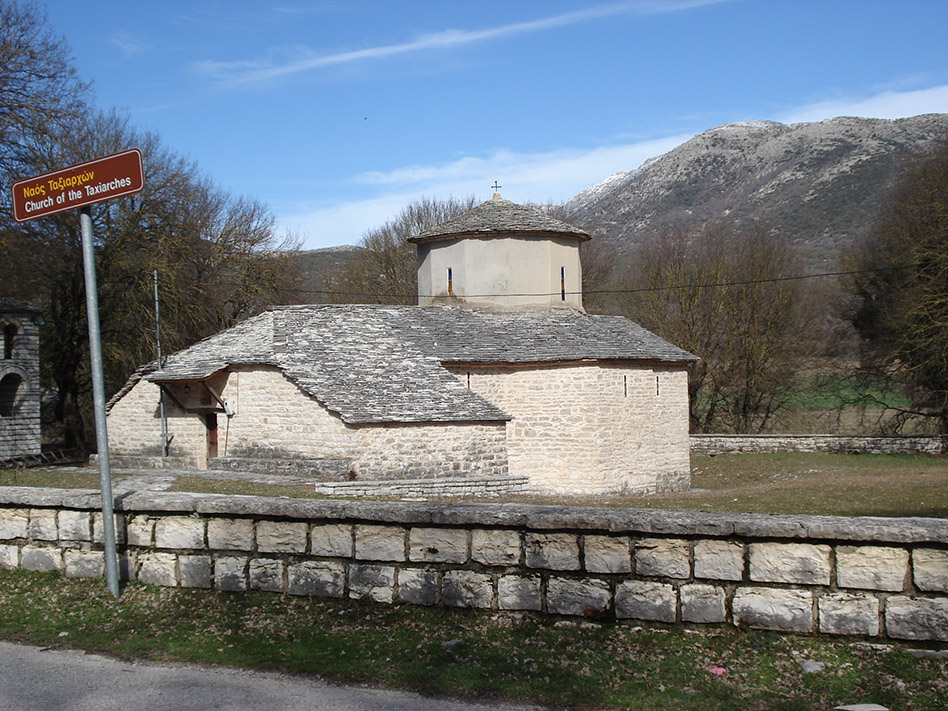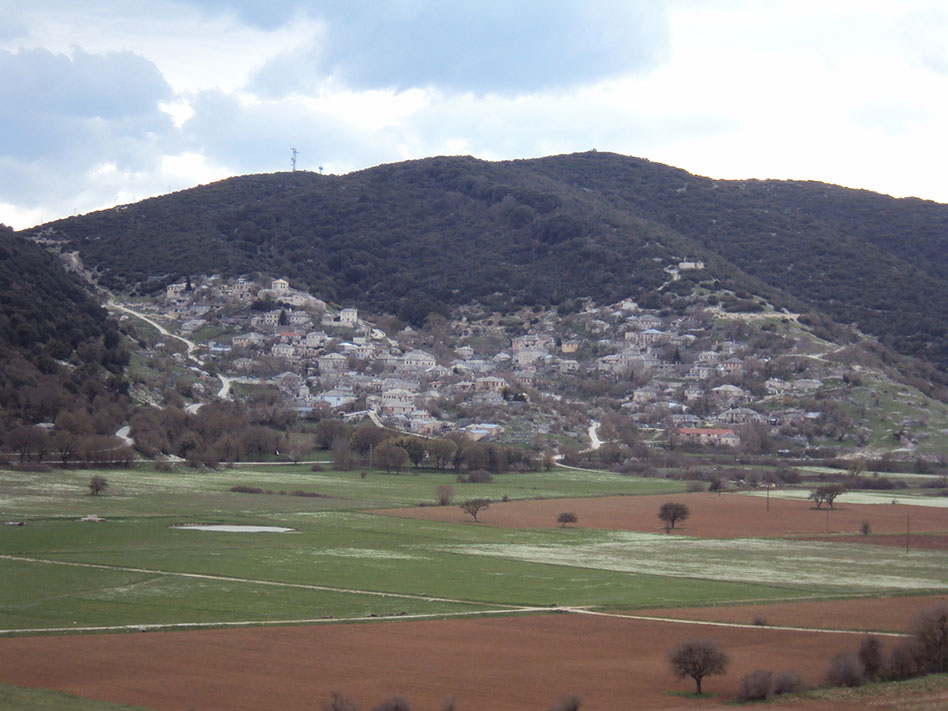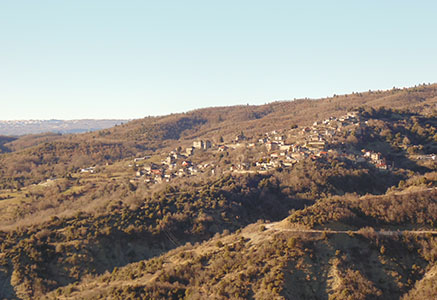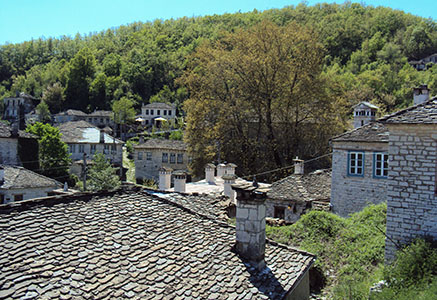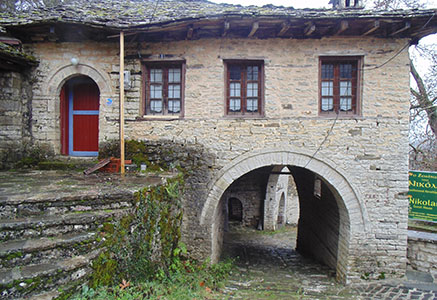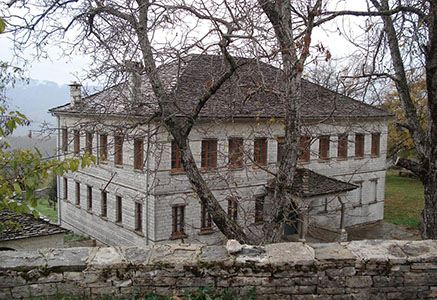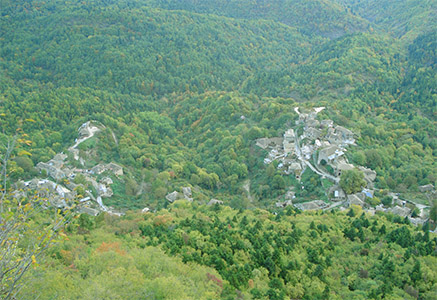Project Description
The village, in the golden-sealed PC in 1361, is mentioned as Sudena. In the memoir of the year 1627, the village is also referred to as Stodena. Mr. Lambridis, interpreting the place name Stoudena as “a cold place”, mentions that the village until 1634 was called Stoudena. Mr. Vasmer gives the interpretation of the toponymous Sudena from the Latin sudis (Greek: Souda), while according to the same type, Studena comes from the Slavic studend which means cold.
According to tradition, the village, built at an altitude of 940 meters, grew from the concentration of the surrounding villages, Karapoulos, and especially Smolisos, which was dissolved because “fiery demons” appeared.
In the locations “Gorgia” and “Lakia Spanou” there are archaeological findings of tombs of the 11th – 12th century. The findings are kept at the Archaeological Museum of Ioannina. They are located on the outskirts of a rural road called “royal road” (a road linking Epirus with Thesalia).
In the 14th century the area was fortified to protect against the raids of the Turks and Albanians. Its inhabitants in the 15th century immigrated with residents of Ano Soudena to Kalavrita of Achaia due to incidents with a Turkish officer.
On August 29, 1944 the Germans burned down the village, ruining 8 houses and killing 3 people.



